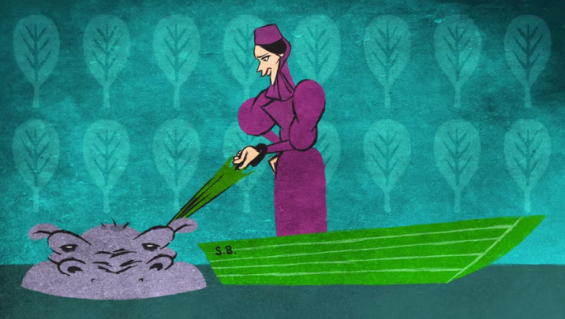
10 things you should know about Pablo Picasso
Here are 10 facts on the highly influential Spanish artist.

Pablo Picasso, Self portrait, 1907
1. Pablo Picasso was born in Malaga, Spain on October 25, 1881. His father was an artist and art teacher in the classic European style.
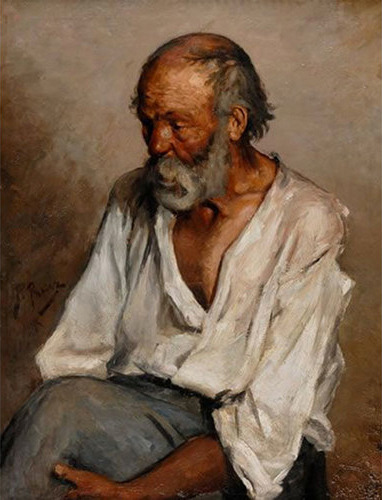
Pablo Picasso, The old fisherman, 1895
2. As a teenager, Picasso studied at the Real Academia de Bellas Artes de San Fernando in Madrid. There he learned how to paint realistic images of people and landscapes, just like his father had before him.
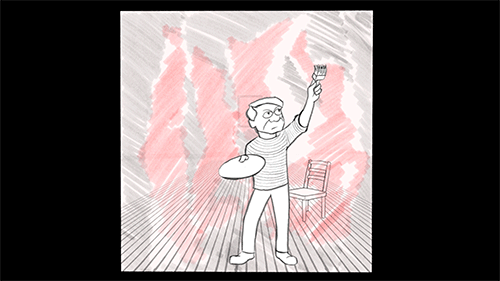
3. At school, Picasso began to question the conventional art wisdom in Europe. For example, why should a portrait strive to duplicate reality from a single viewpoint, when the recent invention of photography made it possible for anyone with the right equipment to accurately portray a person’s face?
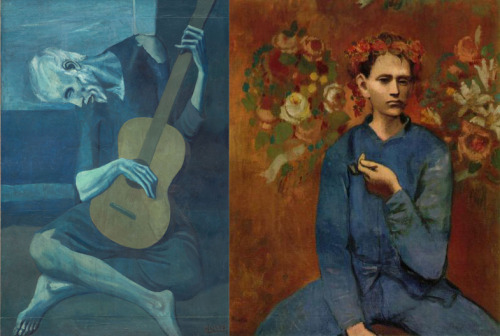
Pablo Picasso, The old blind guitarist, 1903 // Pablo Picasso, A boy with pipe, 1905
4. In his early 20s, Picasso began to experiment with new ways to create meaning through unconventional brushwork styles and color palettes of blue and rose. His first exhibit was not a financial success.

5. Picasso moved to Paris and became friends with a group of painters and writers who were also pushing the boundaries of what was considered to be “acceptable” art in Europe. One of these avant-garde painters was the French post-Impressionist artist Paul Gaugin. Another was Henri Matisse.
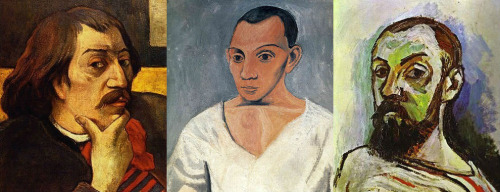
Self Portraits: Paul Gaugin // Pablo Picasso // Henri Matisse
6. Gaugin and Matisse introduced Picasso to a variety of non-European art forms, viewpoints and ideas.
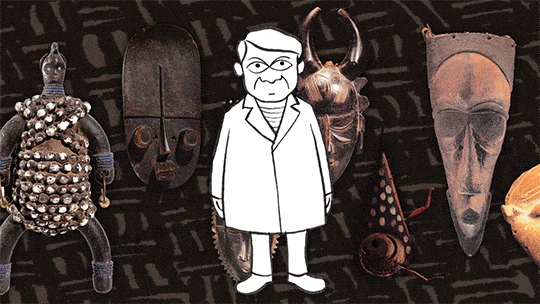
7. Picasso found one non-European art form particularly enchanting: African masks, traditionally used in ritual storytelling.
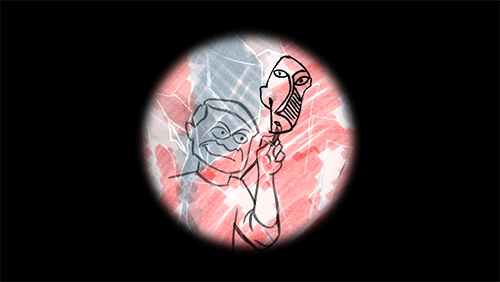
8. Inspired by the African art he’d seen, Picasso created the painting Les Demoiselles d’Avignon.
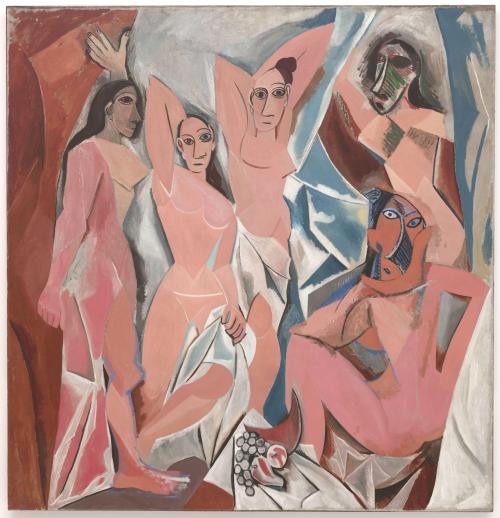
Pablo Picasso, Les Demoiselles d’Avignon, 1907
9. While most of Picasso’s friends disliked the multifaceted style of Les Demoiselles d’Avignon, he found a kindred spirit in George Braque. Together, they invented a new art form that embraced many angles and viewpoints. Matisse called this “Cubism.”
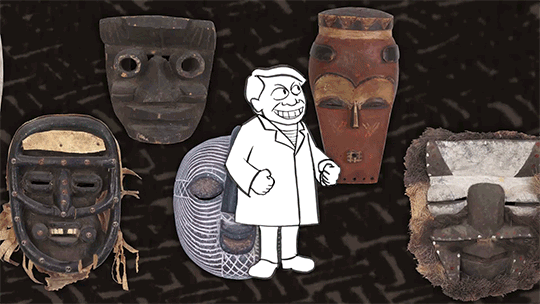
10. Picasso is known for Cubism — but he created much more than that. Throughout his life, Picasso kept learning and experimenting with new art forms and types of media, and he continued to paint, sculpt and draw in a variety of styles. Today he is considered to be one of the most influential European artists of the 20th century. Learn more about Picasso’s life.
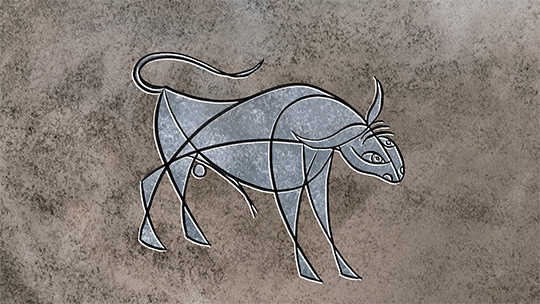
For a deeper dive into modern art, watch the TED-Ed Lesson: How ancient art influenced modern art:
Image credits: Paintings by Pablo Picasso, Paul Gauguin and Henri Matisse. Animation by TED-Ed.
To learn something new every week, sign up here for the TED-Ed Newsletter.
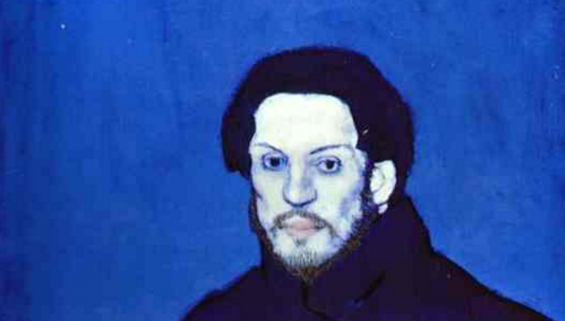


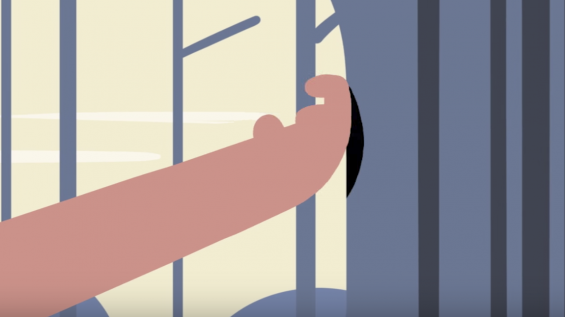
Me gusto mucho
En tres minutos ! Aprendes, muy bien sintetizado!